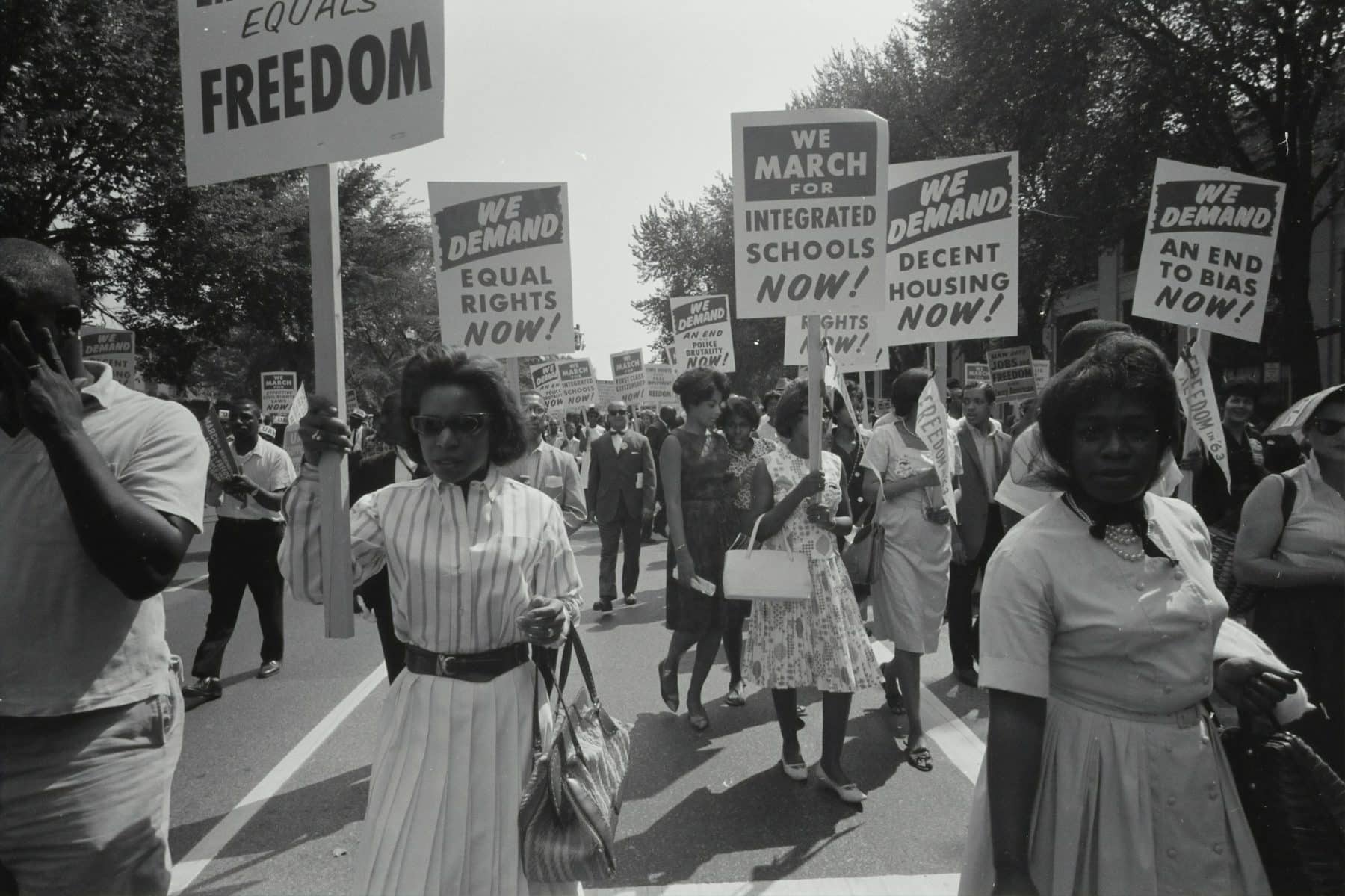
Topic
Equity
What is equity? Can it be measured? How and when does the issue come up in housing, education, employment, public utilities, and more? How are community organizations, grant-making institutions, and policymakers working to advance equity?
The Latest

Targeting First-Generation Homebuyers Is a Great Way to Direct Downpayment Assistance—And It Could Be Better
The proposed program could shrink the racial homeownership gap while serving a wide cross-section of people. But it only addresses some of the results of past discrimination.
Explore Articles in this Topic
Search & Filter Within this Topic
filter by Content Type
filter by Date Range
search by Keyword

Memphis Is Shrinking. Here’s Why We Need to Change That
Memphis is struggling with a dwindling population, driven in part by a high crime rate and disinvestment in low-income areas of the city. What are local organizations doing to turn this around?

Meet Me at the Intersection of Housing, with Guest Dawn Kelly
Dawn Kelly, founder of the New York-based healthy food and beverage restaurant The Nourish Spot, chats with Shelterforce’s Schlonn Hawkins about the connection between entrepreneurship, housing, building communities, and more.
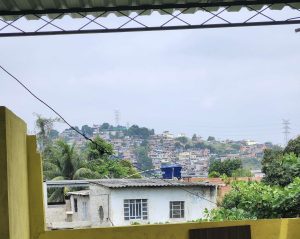
How Organizers in Rio’s Favelas Are Harnessing Solar Energy
Neighborhoods on the outskirts of Rio de Janeiro face a multitude of challenges, including social and racial inequity, and a lack of public services. This organization is hoping to prove that solar energy can benefit neighborhoods, lower electric bills, and provide jobs.
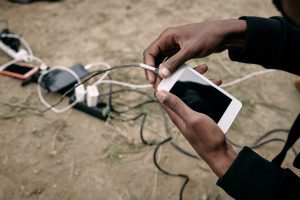
Cellphones Are a Lifeline for Unhoused People—But Barriers Abound
A lack of internet access and charging stations makes it challenging for unhoused folks to maintain a working cellphone, posing a threat to their safety and ability to follow up with service providers or connect with employers.

Let’s Act Now to Stop Racism in Real Estate Appraisals
In 2022, a government task force released an action plan about combating bias in the appraisal industry. How can CDFIs fight back against the damage caused by under-appraisals?

Preparing Underinvested Communities for New Funding
Underinvested communities are at a disadvantage when it comes to attracting and deploying funding. The Center for Community Investment is helping to change that.

Holding Redlining’s Perpetrators Accountable
Richard and Leah Rothstein talk about their new book, Just Action, inspired by readers of The Color of Law who asked what could be done about the enduring effects of a century of unconstitutional housing discrimination.
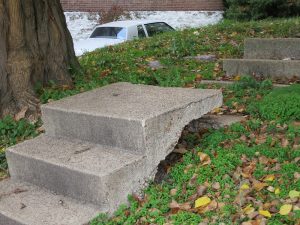
Poor by Design: SSI Asset Caps
Asset caps on SSI and other benefits keep people with disabilities from building up emergency savings and financial security—or buying a home.
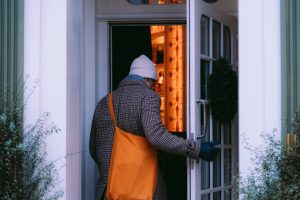
Developing Housing that Welcomes People With Developmental Disabilities
Not everyone with intellectual and developmental disabilities needs to live in a highly structured group home. There are ways to make integrated, independent living work.

Why Aren’t Homeless Shelters Accommodating People Who Have Disabilities?
With homelessness on the rise, the U.S. shelter system is ill-equipped to accommodate disabled occupants.
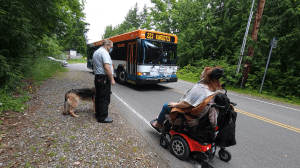
The Road to Transportation Equity: Listening to Non-Drivers
Laying the groundwork for transportation equity can start with listening to disabled people’s experiences of infrastructure for non-drivers.

How the Housing Shortage Is Forcing People With Disabilities Into Institutions
People with disabilities have the constitutional right to choose community-based care rather than institutionalization, but without enough accessible, affordable units, some are still being forced to live in nursing homes.
